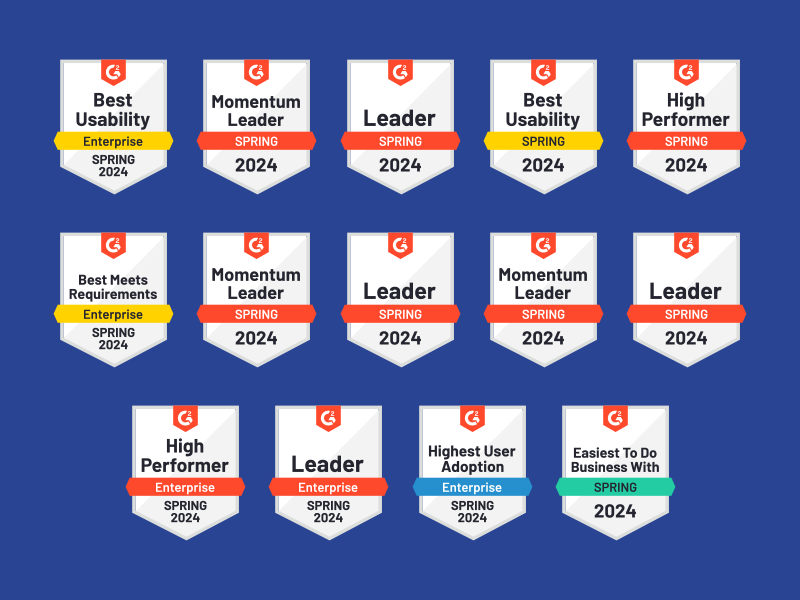Workplace investigations can create serious risks for your entire organization, if not handled correctly. When conducted consistently, compliantly, comprehensively and with court-readiness in mind, investigations can create a safer and healthier work environment and place the organization in a stronger defensible position. In order to mitigate the risk of a claim turning into a court case, be sure to have a strategy in place for all workplace investigations. Wondering how to do that? Just follow the 4 Cs of Workplace Investigations:
Consistent
A consistent process ensures that all investigations are conducted in the same manner. However, consistency goes beyond mere thoroughness to ensure all parties are treated equally and fairly.
Consistency in workplace investigations is only achieved if a defined process is in place that is followed for EVERY investigation. There must be clear stages of the investigation. The outline of a consistent investigation is as follows:
Plan:
The investigator plans the investigation including conducting intake interviews, determining the investigation team, involved parties and issues.
Investigate:
The investigator reviews polices and relevant materials and conducts interviews.
Determine:
The investigator makes their determination based on findings and works with internal stakeholders to communicate the decision.
Resolve:
An important part of aftercare. The investigator documents steps and actions taken and schedules required follow-up with involved parties to ensure that remediation has been effective.
When investigations are handled differently, for any reason, the organization could be at risk for accusations of mishandling the investigation. Use the steps above to ensure consistency with every investigation. Consistency matters.
Compliant
Compliance must be integrated into your consistent process. Beyond simply following the process delineated above, each step has to be documented, organized and reported the appropriate people within the organization. Although compliance can vary by organization, the core is always in adhering to the federal and state employment laws that govern your specific industry, type of organization and the size of your company. Because it can seem overwhelming, many organizations are turning to software when conducting investigations to help manage the process and ensure compliance.
HR Audits can also help your organization identify gaps in current processes that put them at risk. For some investigations, the safest solution may be to outsource certain investigations. While the additional cost might sound less than ideal, it will always be cheaper than court costs and settlements involved with an employment practice lawsuit. Find out your organization’s level of risk right now. Compliance matters.
Comprehensive
Investigating is an art, not a science and no two investigations are alike. With each step of an investigation, there are sub-steps, paths taken and not taken, questions answered and questions raised. In order to conduct a completely comprehensive investigation, the investigator must have thorough knowledge about workplace investigations, and the appropriate resources that will be required.
Investigators must be trained on how to identify and collect data, discover and interview witnesses, and how to appropriately document their findings. Furthermore, the level of risk associated with employment practice litigation must be understood to put the proper level of importance on conducting comprehensive investigations, every time.
It is best to acquire training on workplace investigations to ensure that you are leaving no stone unturned in your comprehensive investigations. Investigations should also be assessed on a regular basis to ensure your team not only is trained but is applying best practices when managing an issue. A comprehensive investigation matters.
Court-Ready
Every investigation should start and end with the question, “Is this investigation report court-ready?” Being court ready with your investigative documentation may prevent the case from making it to court at all, saving you those staggering legal fees. Not having it can be expensive since the costs of a claim can be considerable even if the case is dismissed or settled.
Consider the average costs involved with an EEOC lawsuit not including any settlement or court award.
- Average court costs and legal fees when settled out of court: $15,000
- Average court costs and legal fees when the case is dismissed: $50,000 to $75,000
- Average court costs and legal fees when the case goes to trial: $125,000
When a claim is filed with the EEOC or your employee’s lawyer sends you a demand letter, having comprehensive and complete documentation can make a world of difference.
“It’s important to make a serious response to a charge of discrimination made with the EEOC. A careful response forces the employer to investigate the claim and organize its defense…A strong response can cause the EEOC to conclude there is no reasons to believe that discrimination occurred, thereby avoiding the problems that a contrary finding can cause.” – David F. Root, Employment Law Expert
With employment practice claim filings at an all time high, there is no better time than now to support your HR team with the proper tools and training to handle investigations. Following the four Cs of workplace investigations will mitigate employee related litigation risks, while fostering a responsible work environment for everyone.
Learn more about arming your HR department now.




